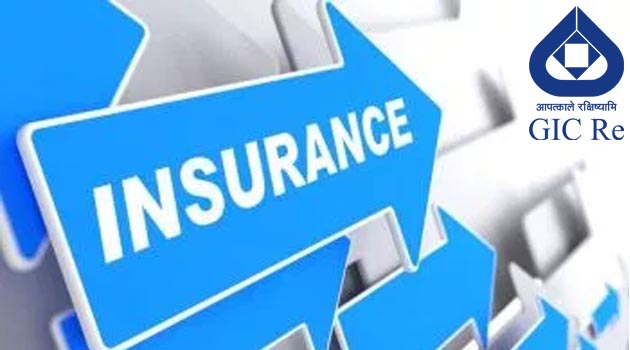GIC Re share issue is a shot in the dark for investors, but a good one
Anyone betting on India’s growing insurance market would be a fool not to go a step ahead and bet on the reinsurance pie as well. That and the promise of faster growth as a result of the government’s push towards crop insurance and the like are reasons enough for government-owned GIC Re to attract investors to its mammoth Rs11,370-crore initial public offer (IPO) of shares.
Globally the reinsurance market is facing a lot of headwinds due to the series of natural disasters that struck this year that led to big payouts and bigger losses. The Indian market is expected to stand out at this time and clock a growth of 11-14% on a compounded annual growth rate (CAGR) basis, the prospectus by GIC Re would have us believe.
The reinsurer’s share issue is the second largest ever through which the government will dilute 14.2% stake and the company will offer 17.2 million fresh shares along with the government’s offering. The promoter wants investors to cough up Rs.855-912 per share to get a slice of the country’s pedigreed reinsurer which it values at Rs80,000 crore at the top end of the price band.
So what does the slice of the reinsurance market which investors will get look like?
For all practical purposes, GIC Re has retained a monopolistic position in the reinsurance market. Having a monopoly gives an advantage over price and the company has exploited this. Its gross written premium has grown at a CAGR of 32% for FY15-FY17. Since the non-life insurance industry is expected to grow at 15-20% CAGR over the next five years, the growth for GIC Re is secured. Add a steady reduction in combined ratio and GIC Re looks like a sure shot towards a profitable investment. Combined ratio is simply how much the company is able to milk out of business while managing expenses and payouts and a declining ratio indicates a rise in profitability. But compare the ratio with peers and GIC Re comes up short.
Alice G. Vaidyan, chairman and managing director of the reinsurer, feels that the company has got the pricing game right and that it would only improve from here on. “We have a very robust investment policy and invest according to the regulator’s guidelines,” Vaidyan told Mint. Even if the boost from public schemes peters out, GIC Re will show strong double digit growth, she added.
The red flags in this convincing argument are the decreasing operating profit ratio of the company. The operating profit ratio is the profit earned through underwriting risk plus investment income as a percentage of net premium. This has fallen every year since fiscal year 2014, to 7.07% in fiscal year 2017 from 12.14% in fiscal year 2014. Also, there’s the fact that there are no comparative peers to determine the reasonability of valuation, so investors would be shooting in the dark. But at roughly 4 times its book value for fiscal 2017, GIC Re share is a quasi-sovereign paper giving high returns.




Leave a Reply